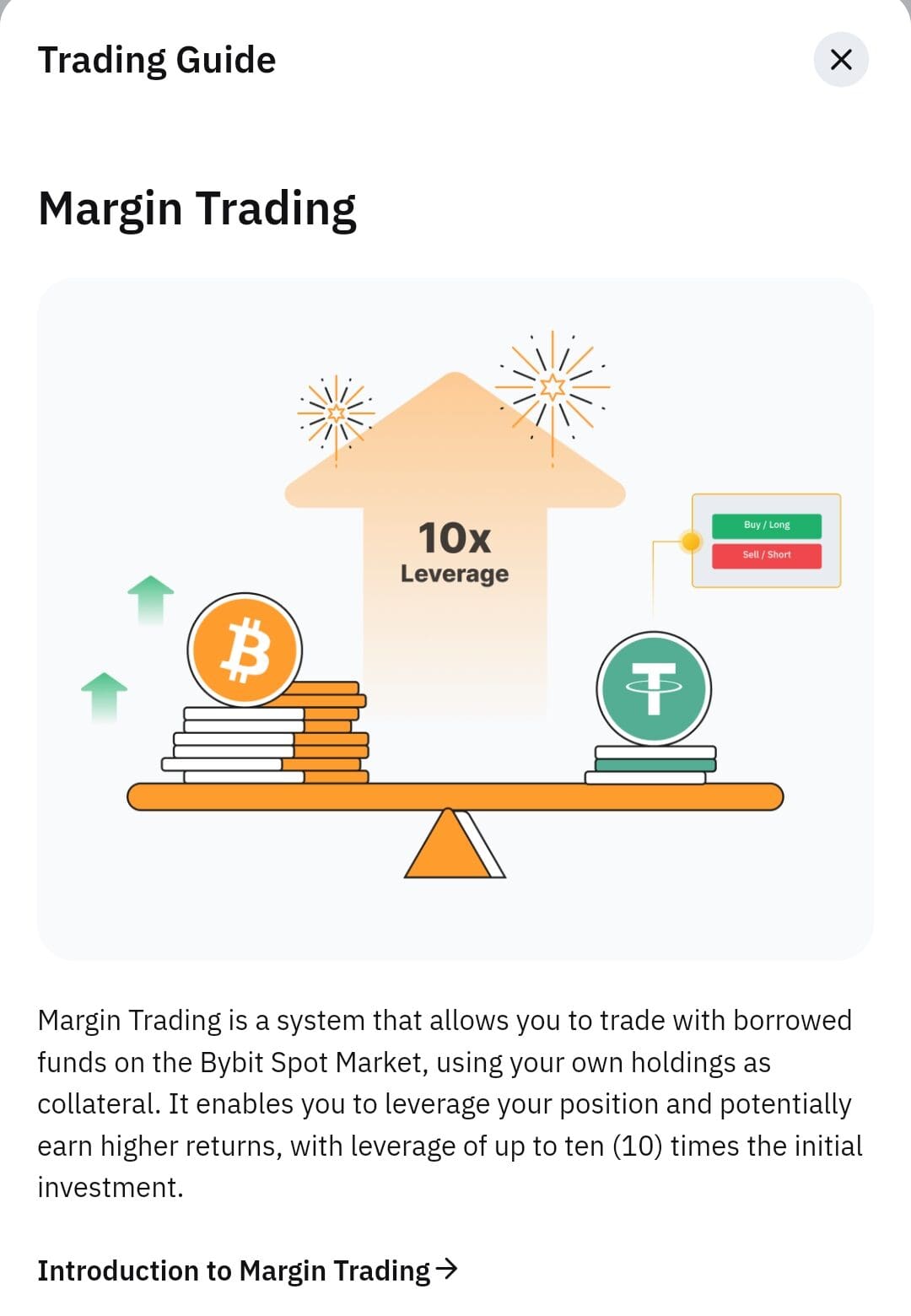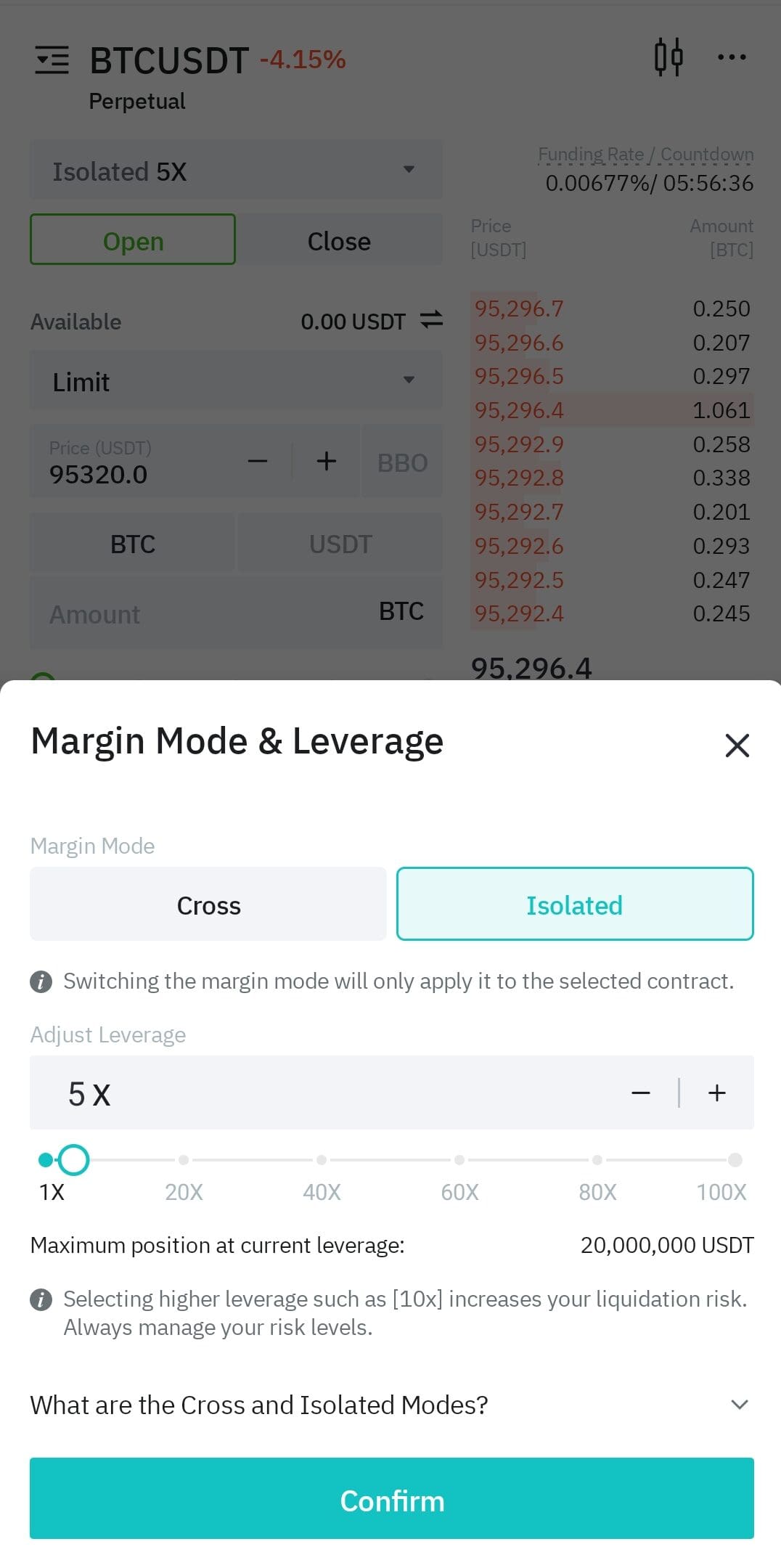Table Of Content
What Is Margin Trading?
Margin trading is a strategy that allows investors to borrow money from a broker to buy securities, using existing assets in their account as collateral.
This approach can amplify potential returns because it increases the purchasing power beyond one’s actual cash balance.
For example, if an investor has $5,000 and borrows another $5,000 on margin, they can control $10,000 worth of stock. While this leverage can boost profits, it also magnifies losses.
Margin trading is commonly used in stock markets, crypto exchanges, and forex platforms. It requires a margin account and is regulated by minimum equity and maintenance requirements.
-
Comparison: Margin Trading vs. Cash Trading
Feature | Margin Trading | Cash Trading |
|---|---|---|
Uses borrowed funds | Yes | No |
Leverage | Higher | None |
Interest charged | Yes | No |
Risk level | Elevated | Lower |
-
Example: How Does Margin Trading Work?
When you trade on margin, you borrow funds from a broker to invest more than you could with just your own money. Suppose you want to buy 100 shares of a stock priced at $50.
Instead of paying $5,000, you could deposit $2,500 and borrow the rest. If the stock rises to $60, your position is worth $6,000—yielding a $1,000 profit on a $2,500 investment.
However, if the stock drops to $40, your total holding falls to $4,000, creating a $1,000 loss—double what you’d lose without leverage.
Margin accounts typically require:
Initial margin: Minimum amount to open a position
Maintenance margin: Ongoing equity requirement
Margin call: Broker demand for more funds if value drops
Interest charges: Daily or monthly borrowing costs
As a result, it’s important to monitor positions closely, especially in volatile markets.
Margin Trading Common Uses
Margin trading is often used for strategic investment opportunities where leverage can offer an edge. Here are some common scenarios:
Short-term trading: Traders use margin to capitalize on quick price movements without tying up full capital.
Short selling: Investors borrow shares to sell high and buy back lower, aiming to profit from price drops.
Hedging: Margin helps offset risk by opening positions that protect other investments, such as shorting against a long stock position.
Buying the dip: Some investors use margin to increase their exposure during temporary market downturns they believe will rebound.
For instance, a trader may use margin to double down on a tech stock after a brief sell-off, aiming to profit from the recovery. However, this increases exposure if the rebound doesn't happen.

Benefits and Risks of Margin Trading
Margin trading offers the potential for greater returns, but it comes with increased risk and the possibility of forced liquidation. It suits active investors who understand volatility and manage risk carefully
Investors can use margin to seize short-term opportunities or hedge positions, but it’s not ideal for beginners or those with low risk tolerance.
Pros | Cons |
|---|---|
Increased buying power | Higher potential losses |
Potential higher returns | Margin calls possible |
Access to short selling | Interest charges apply |
How Brokers Determine Margin Requirements
Brokers determine margin requirements based on a combination of regulatory standards and internal risk assessments.
The Financial Industry Regulatory Authority (FINRA) sets a baseline—typically 50% initial margin and 25% maintenance—but brokers often impose stricter rules depending on the asset and its volatility.
For example, blue-chip stocks may have lower margin requirements than penny stocks or leveraged ETFs due to their more stable pricing.
If markets become highly volatile, brokers may raise margin requirements to protect themselves from potential losses.
What Is a Margin Call?
A margin call occurs when the value of your margin account falls below the broker's maintenance threshold, requiring you to add funds or sell assets. This often happens after a rapid price decline.
For instance, if you bought $10,000 worth of stock on 50% margin and the stock drops 30%, your equity may fall under the required limit.
Suppose your equity falls to $2,000 but your broker demands at least $2,500 in maintenance margin. You’ll receive a margin call and must deposit cash or sell assets to restore the balance.
If you don’t respond quickly, the broker can liquidate positions without your consent.
Because margin calls can happen fast, especially in volatile markets, it’s critical to monitor your account regularly
Things to Consider Before Getting Started
Before opening a margin account, it’s important to understand the responsibilities, risks, and requirements that come with borrowing to invest.
Understand how interest works: Brokers charge daily or monthly interest on borrowed funds, which can reduce or even erase profits.
Know your risk tolerance: Margin magnifies both gains and losses, so it’s better suited for experienced or risk-tolerant investors.
Have a backup plan: In case of a margin call, you need quick access to cash or a clear exit strategy.
Start small: Begin with limited exposure to see how margin impacts your performance before scaling up.
For example, if you buy $5,000 of stock using $2,500 on margin and the stock falls 20%, you’ll lose more than if you had invested with only your own funds.

FAQ
Most retirement accounts, like IRAs, don't allow margin trading due to regulatory restrictions. However, some brokers offer limited margin for specific qualified accounts.
Yes, many crypto exchanges like Binance and Kraken offer margin trading, though it’s riskier due to higher volatility and fewer protections.
Yes, brokers typically require a separate application and approval process to open a margin account, including reviewing your financial background.
If your losses exceed your equity, you may owe more than your initial investment. The broker can take legal steps to recover the shortfall.
Yes, you receive dividends, but if the shares were borrowed for short selling, you may owe a dividend equivalent to the lender.
You can use margin to trade certain options strategies, but not all. Margin requirements for options are typically more complex and regulated.
Yes, FINRA mandates a minimum of $2,000, but some brokers may require more depending on your trading activity and account type.
Cross-margining allows your entire portfolio to be used as collateral. It can help reduce margin calls but increases systemic risk exposure.
Yes, margin rates are variable and may change based on market conditions, your account size, or the broker's policies.
Yes, brokers can raise margin requirements at any time without notice, especially during volatile market conditions or earnings seasons.
Not directly, but if you default on a margin call and the broker sends the debt to collections, it can impact your credit.
